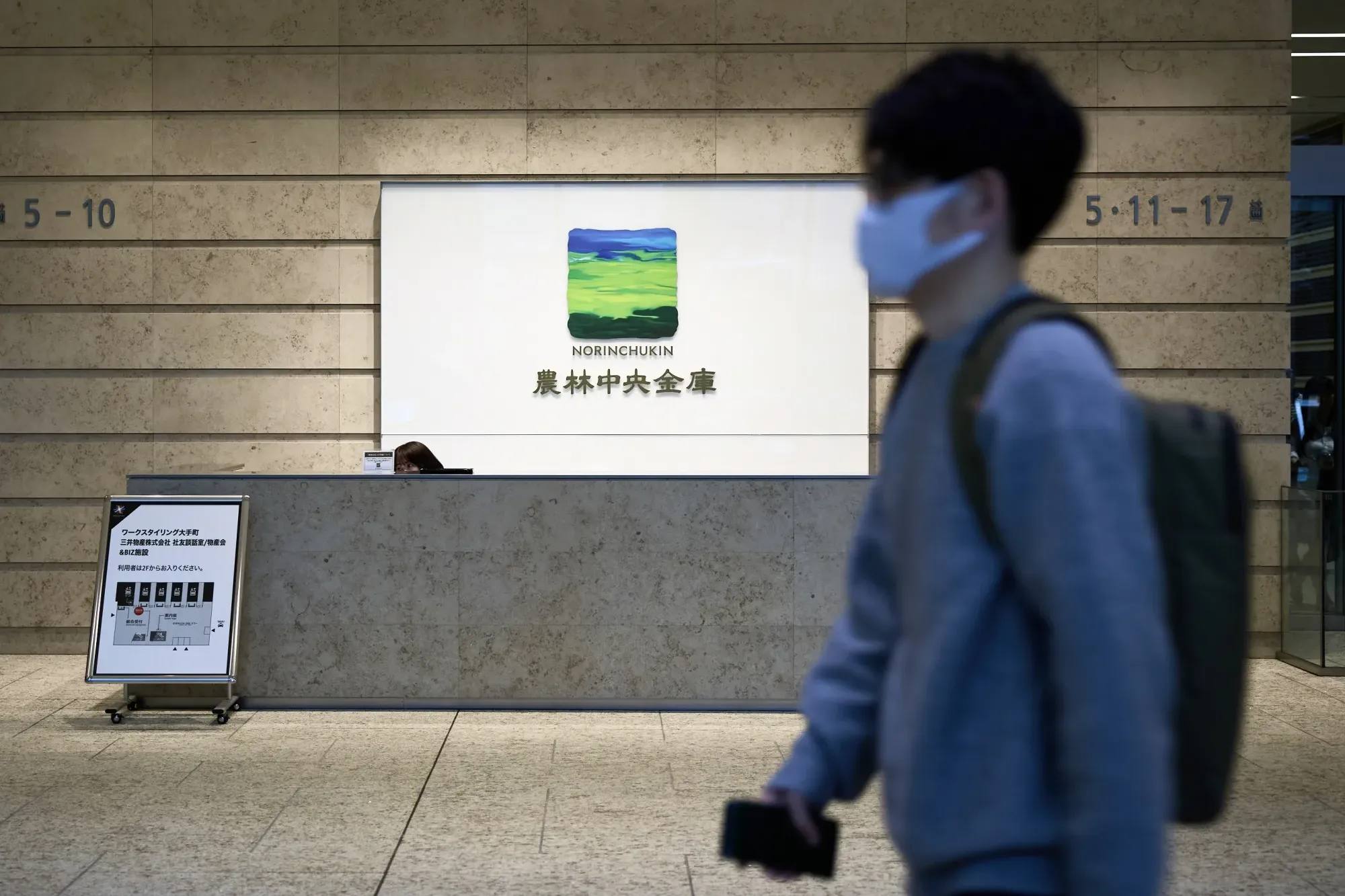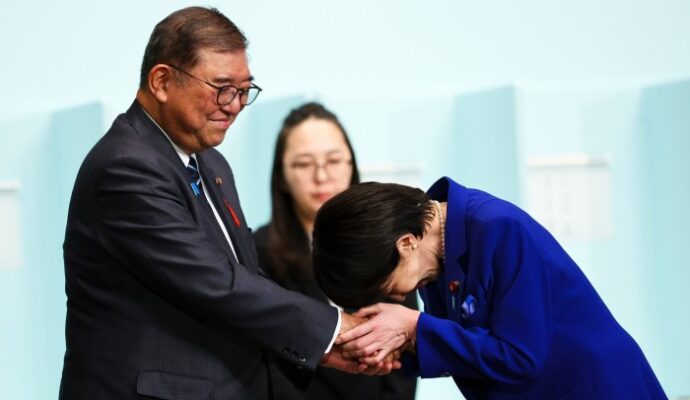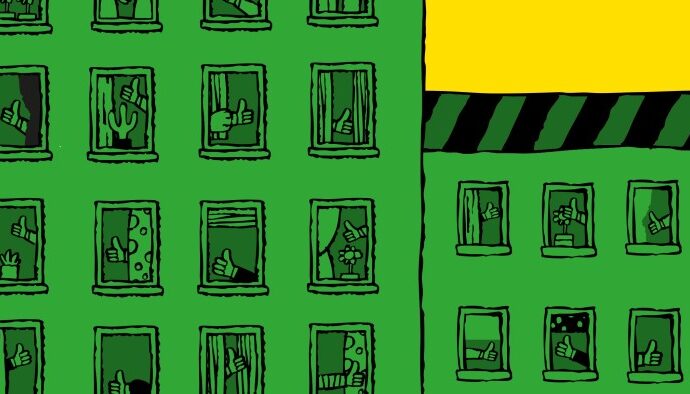Unlock the Editor’s Digest for free
Roula Khalaf, Editor of the FT, selects her favourite stories in this weekly newsletter.
The farmers’ bank known to global markets as one of Japan’s most aggressive investors will be more cautious and correct its “imbalances” after it lost $12bn following a big bet on US Treasury bonds, its new chief executive said.
Norinchukin, a co-operative lender that manages the savings of Japan’s farmers and fishermen, was until recently a voracious buyer of US government debt and other global assets, searching for yield away from the low returns available on Japanese bonds.
Taro Kitabayashi, who took over as chief executive in April, told the Financial Times that Norinchukin had taken positions that were too risky.
“We need to rebuild our earning power . . . we took on more interest rate risk than we should have,” he said in an interview in the bank’s Tokyo headquarters in late June. “So going forward, we intend to take a much more cautious stance.”
The Japanese lender, like Silicon Valley Bank in the US, suffered hits to its US Treasury holdings after increases in yields, which move inversely to bond prices. The bank’s dollar funding and hedging costs also rose.
Norinchukin made the painful decision to crystallise paper losses by selling the problem assets, totalling ¥17.3tn ($120bn), last fiscal year.
¥40.3tn
Value of Norinchukin’s securities portfolio
Kitabayashi said the bank would move away from overly concentrated bets. Its securities portfolio, which is still being overhauled, stands at ¥40.3tn.
“The portfolio had become too heavily tilted towards market assets, while the share allocated to diversified assets like credit was too small. We’re now working to correct that imbalance,” said Kitabayashi.
“We are recommitting to real diversification — across geographies, across asset classes and also across investment timing. In the past, we used the term ‘diversification’ but didn’t fully achieve it.”
One of the bank’s “key failings” had been a lack of separation between its strategy teams and those actually executing trades, he said.
“In a stable, low-inflation, low-rate environment, this set-up was highly efficient: strategy and execution were tightly aligned, and decision-making was streamlined,” said Kitabayashi.
“However, when the macroeconomic environment shifted dramatically — when there were major structural changes — that unified structure lacked an internal check-and-balance mechanism.”
Having heavily cut back its US exposure, Norinchukin does not plan “to concentrate heavily” in super-long maturity Japanese government bonds, which have come under particular pressure as traditional domestic buyers have pulled back.
Rather, Kitabayashi said, the bank was “diversifying across maturities and adapting based on the shape of the yield curve at any given moment”.

Last year was not the first time Norinchukin faced a hit from substantial investments on foreign assets.
It had to raise the equivalent of tens of billions of dollars at the peak of the global financial crisis in 2008 after placing big bets on asset-backed securities based on US subprime mortgages.
Its decision to now plough money into Japanese bonds could also prove risky, despite the fact that the investments do not need to be hedged, if yields rise more quickly than expected. The bank is targeting overall profit of between ¥30bn and ¥70bn this fiscal year.
Longer term, as interest rates finally seem to be rising sustainably in Japan, bank analysts expect savers will increasingly look for higher yields and better deposit rates. That has led to fears of outflows from weaker banks to larger financial groups or digital lenders that can offer higher rates.
Norinchukin has a relatively loyal group of customers that provide its deposit base, totalling ¥58.5tn at the end of March, but must grapple with the fact that many are relatively old and their children could soon make different decisions about what to do with their money.
“As interest rates rise, we’ll face increasing competition from other banks. And as Japan’s population ages and declines, we’ll have to confront the structural question of whether we can even maintain our deposit base in the long run,” he said.
The bank’s co-operative set-up helps it maintain a strong common equity tier one capital ratio — a key measure of balance sheet strength — of 17.7 per cent as of March.
Kitabayashi said although the structure “may give the impression that we’re more tolerant of risk . . . I want to emphasise: we don’t believe that stability gives us a right to be complacent”.


